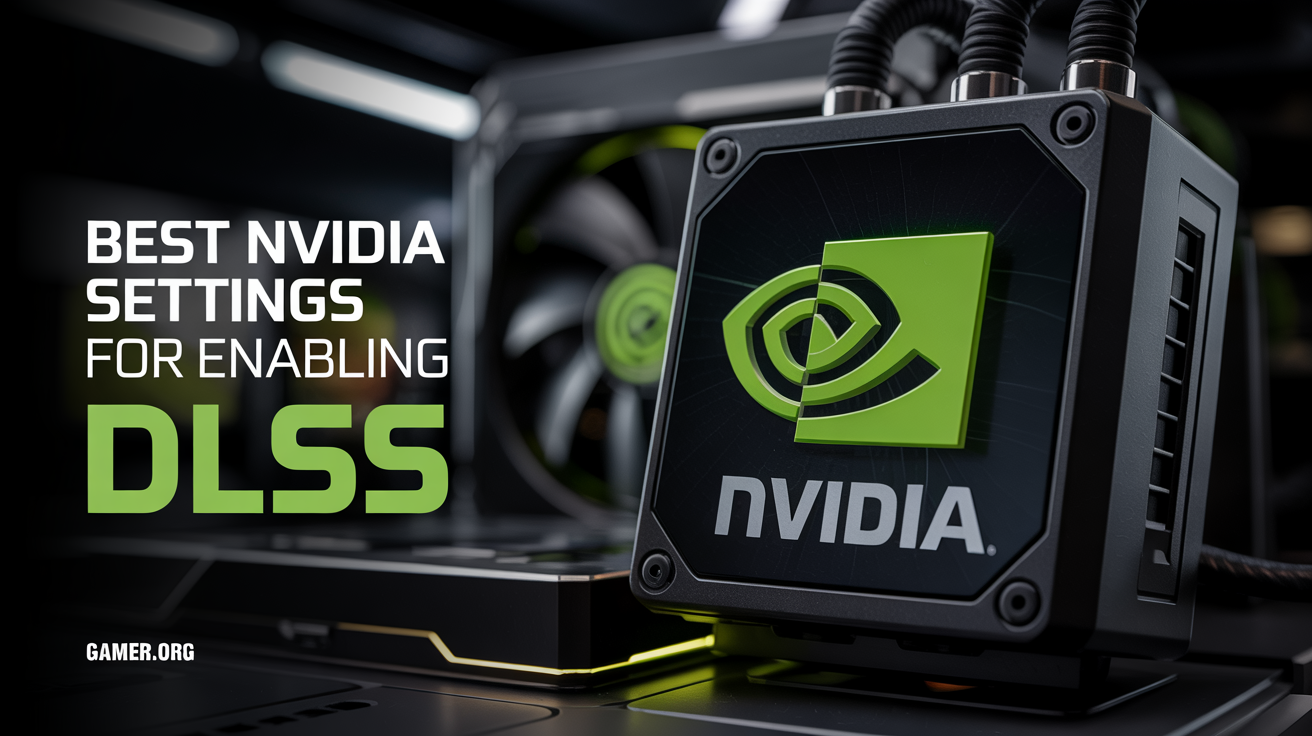Best Nvidia Settings for Enabling DLSS 4 Performance Modes

A massive update has just arrived for Nvidia GPUs, and it changes how players can enhance their favorite games. With the latest Nvidia settings, users can now enable DLSS 4 support, powered by the new Transformer model. This breakthrough brings a significant visual improvement, especially in older titles that shipped with outdated DLSS versions.
By simply updating the Nvidia app and GPU drivers, users can easily override the default DLSS models with the new Transformer model. Whether using a desktop or laptop RTX GPU, the setup remains straightforward. The only requirement is that the game already has DLSS support, enabling seamless upgrades for titles like Red Dead Redemption, Call of Duty Black Ops 6, Overwatch 2, and Marvel Rivals.
How to Configure DLSS 4 Through Nvidia Settings
First, update to the latest Nvidia app and GPU drivers. Open the app, navigate to the Graphics Panel, and go into Program Settings. Find the supported game, scroll to Driver Settings, and under DLSS Override Model Presets, select “Use Same Settings” and choose “Latest.”
For example, Red Dead Redemption initially runs DLSS version 3.7.0 with the older CNN model. After applying the override, it updates to DLSS 4 version 310.2.1 with Preset K, offering a noticeable visual leap. Similarly, in GTA 5 Enhanced, players can replace the stock DLSS 3.7.10 with the Transformer model by following the same steps.
Although DLSS 4 slightly reduces FPS compared to older versions, the improved visuals often justify the trade-off. With new custom scaling options, players can fine-tune DLSS application anywhere between 33% and 100%, striking a perfect balance between visuals and performance.
Advanced Nvidia Settings: Custom Scaling and DLSS Mode Forcing
New Nvidia settings now allow even deeper customization. Besides the DLSS model override, players can force different DLSS modes like DLAA or ultra-performance scaling. This becomes crucial in games like Battlefield 2042, where DLAA is not officially available in the settings but can now be enabled manually.
To force a mode, select the game, set Model Presets to “Latest,” and under DLSS Override Super Resolution, choose a custom setting. For example, setting Battlefield 2042 to DLAA or adjusting Red Dead Redemption to 80% internal scaling.
This flexibility means players can now optimize each game individually, either prioritizing visual fidelity or maintaining higher frame rates. Switching back to stock settings is just as simple: change both override options back to “Use 3D Application” and reboot the game.
Monitoring Changes Using the DLSS Overlay
Tracking DLSS changes becomes effortless thanks to a simple registry edit. By enabling the “Show DLSS Indicator” DWORD value in the Nvidia Corporation > NGX Core registry path, players can see DLSS version and settings live during gameplay. This overlay helps confirm if the latest Transformer model is active.
If needed, the overlay can be disabled easily by deleting the same registry key. This additional transparency ensures players can optimize their games confidently.
In conclusion, the new Nvidia settings offer players unprecedented control over DLSS implementation. Whether choosing the CNN model for better FPS or the Transformer model for stunning visuals, the latest options allow full customization on a per-game basis. Experimenting with scaling percentages, model presets, and DLSS modes ensures every game delivers its best possible experience.













